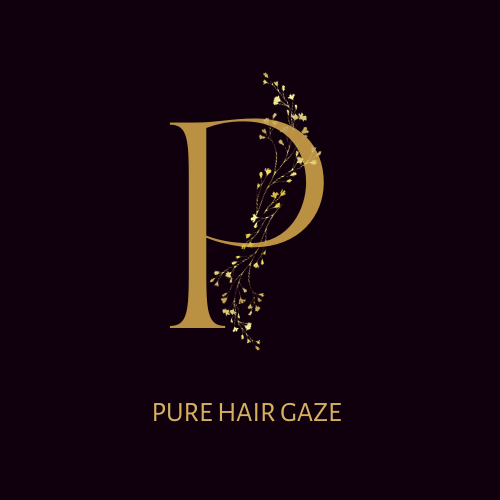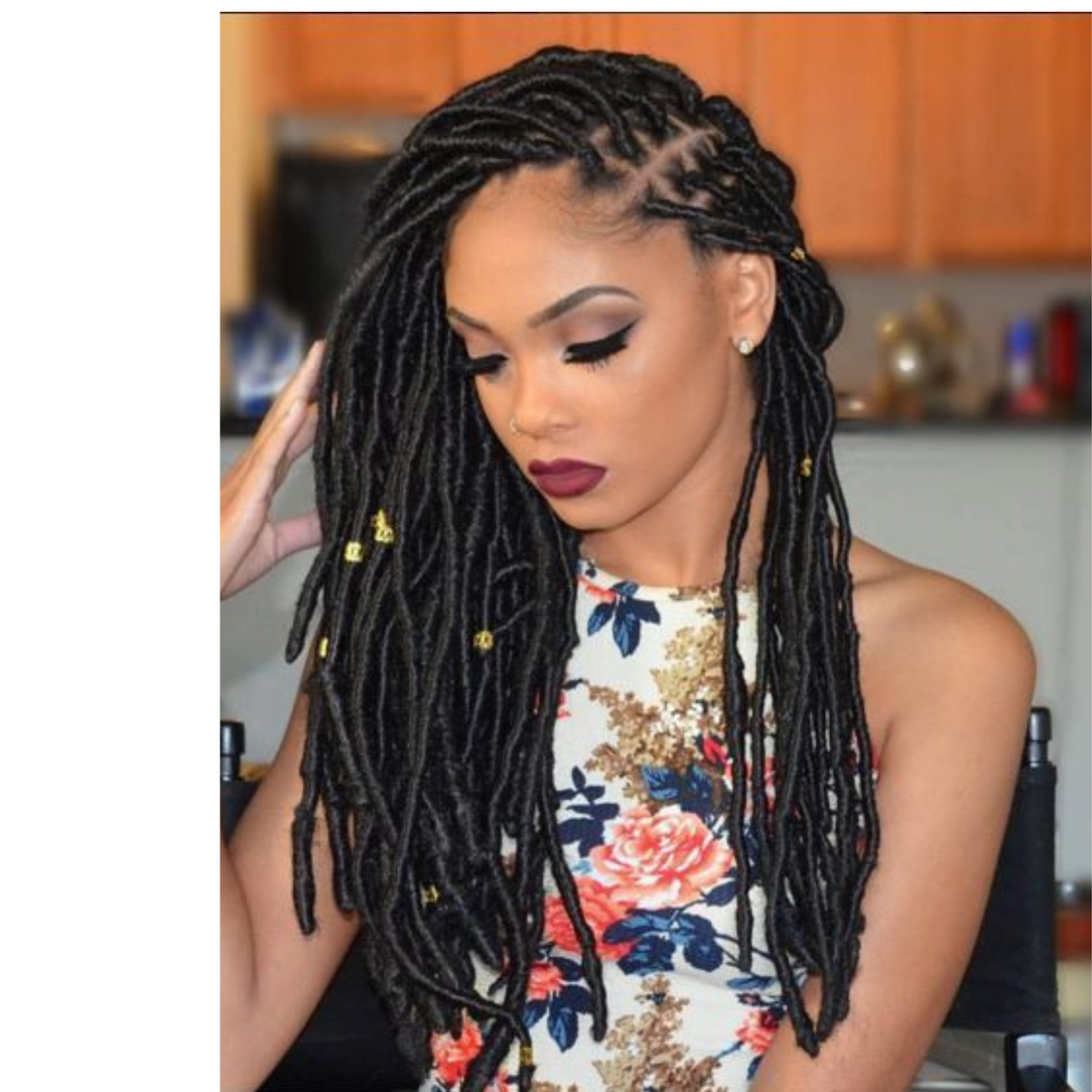Faux locs have become increasingly popular in recent years, and it's not hard to see why. These stylish and versatile protective hairstyles offer a beautiful alternative to traditional dreadlocks. Faux locs are created using extensions that resemble natural locs, giving you the aesthetic appeal of real locs without the long-term commitment. Whether you're looking to switch up your look or protect your natural hair, faux locs are a fantastic option.
History and Cultural Significance of Faux Locs
Faux locs have a rich history that can be traced back to ancient Egypt. Locs were worn as a symbol of spirituality, strength, and wisdom. Over time, locs became a significant part of various cultures, including Rastafarianism and the African diaspora. Today, faux locs have become a popular choice for men and women of all ethnicities who want to embrace the beauty and cultural significance of locs.

Benefits of Faux Locs
One of the main advantages of faux locs is that they are a protective hairstyle. By braiding your natural hair and adding extensions, you can shield your hair from harsh environmental factors and manipulation, promoting healthy hair growth. Faux locs also provide versatility in terms of length, thickness, and color, allowing you to experiment with different looks without damaging your natural hair. Additionally, faux locs can help you save time and money on styling and maintenance, as they require minimal upkeep.
Different Types of Faux Locs
There are several types of faux locs to choose from, each with its unique characteristics. Traditional faux locs involve braiding your natural hair and wrapping synthetic or human hair extensions around the braids. Goddess faux locs, on the other hand, involve wrapping the extensions around the braids without using a specific technique, resulting in a more natural and bohemian look. Another popular variation is crochet faux locs, which are installed using a crochet method, making the process faster and more efficient.

How to Install Faux Locs
Installing faux locs can be a time-consuming process, but the results are well worth it. To begin, you'll need to wash and condition your hair to ensure it's clean and moisturized. Next, section your hair and start braiding it, incorporating the extensions as you go. Once all the braids are complete, wrap the extensions around each braid and secure them in place. Finally, use a crochet hook to tighten and neaten the locs. It's essential to take your time and be gentle throughout the installation process to avoid damaging your hair or scalp.
Maintenance and Care for Faux Locs
Proper maintenance and care are crucial for keeping your faux locs looking beautiful and lasting as long as possible. To maintain your locs, you should regularly moisturize your scalp and the length of the locs using a lightweight oil or moisturizing spray. Be sure to avoid heavy products that can weigh down your locs and cause buildup. Additionally, cover your locs at night with a satin or silk scarf or bonnet to prevent frizz and protect your locs while you sleep. Lastly, avoid excessive manipulation or pulling on your locs, as this can cause them to loosen or unravel.
Styling Options for Faux Locs
One of the best aspects of faux locs is the multitude of styling options they offer. You can wear your locs up in a bun or ponytail for a sleek and sophisticated look, or leave them down for an effortlessly bohemian vibe. You can also experiment with various accessories such as beads, cuffs, and wraps to add a personal touch to your style. If you're feeling more adventurous, you can even create intricate updos or braided styles with your faux locs. The possibilities are truly endless when it comes to styling faux locs.
Faux Locs vs. Traditional Locs: A Comparison
While faux locs may look similar to traditional locs, there are some key differences between the two. Traditional locs are formed naturally over time without the use of extensions, while faux locs are created by adding extensions to braided or twisted hair. Traditional locs require less maintenance and have a longer lifespan, as they are a permanent hairstyle. On the other hand, faux locs offer more versatility in terms of length, thickness, and color, as well as the ability to switch up your look whenever you desire.

Frequently Asked Questions About Faux Locs
- How long do faux locs last? Faux locs can last anywhere from 4 to 8 weeks, depending on how well you care for them and the quality of the installation.
- Can I wash my faux locs? Yes, you can wash your faux locs, but it's essential to be gentle and avoid excessive rubbing or twisting to prevent them from unraveling.
- Can I swim with faux locs? While it's possible to swim with faux locs, it's recommended to cover them with a swim cap or wrap them in a scarf to protect them from chlorine or saltwater damage.
- Can I style my faux locs with heat? It's generally not recommended to apply direct heat to faux locs, as this can cause the synthetic hair to melt or become damaged. However, you can use indirect heat methods such as steam or a hooded dryer for styling.
Conclusion
Faux locs are a beautiful and versatile hairstyle that allows you to embrace the beauty and cultural significance of locs without a long-term commitment. Whether you're looking to protect your natural hair or switch up your look, faux locs offer endless possibilities for creativity and self-expression. By understanding the different types of faux locs, the installation process, and how to care for them, you can enjoy the beauty of faux locs while maintaining the health of your natural hair. So go ahead and embrace the beauty of faux locs – you won't be disappointed.

